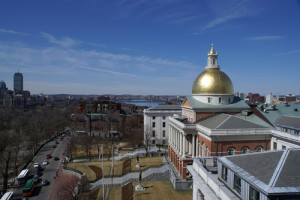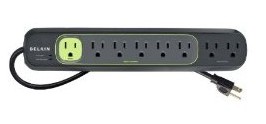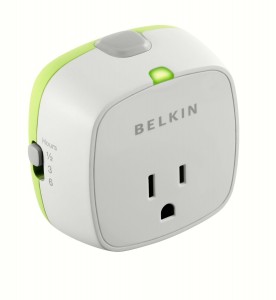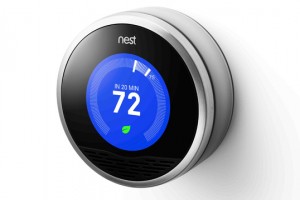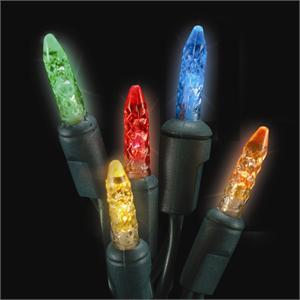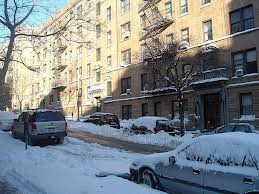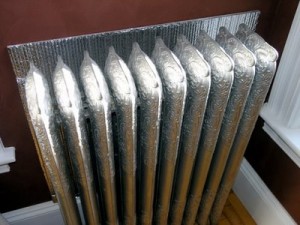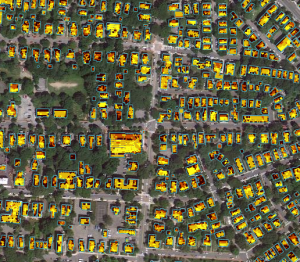Earlier this month, the American Council for an Energy Efficient Economy (ACEEE) released its 2012 State Energy Efficiency Scorecard. The organization releases this state-by-state comparison of policies every year, and for the second year in a row, Massachusetts has clinched the top spot. According to ACEEE: “The report examines six of the primary policy areas in which states typically pursue energy efficiency: utility and ‘public benefits’ programs and policies; transportation policies; building energy codes; combined heat and power (CHP) policies; state government-led initiatives around energy efficiency; and appliance and equipment standards.” Massachusetts’ success is due largely to the Green Communities Act, passed in 2008, which requires ongoing efforts from utilities to be more efficient each year. The law also established the Green Communities program, which encourages cities and towns to carry out sustainability efforts in order to receive grant funding and other benefits. Cambridge has been a Green Community since May 2010 and has received over $600,000 in both designated and competitive grants to improve the efficiency of a number of city-owned buildings and sites.
This year, for the first time, ACEEE also ranked 34 of America’s most populous cities according to their energy efficiency policies and performance. Although Cambridge was not included in the study, Boston claimed the #1 spot on the list. The calculations included local government operations, transportation policies, energy and water utilities and public benefits programs, buildings policies, and community-wide initiatives. Boston achieved its superiority through its Renew Boston program, which provides free energy assessments to homeowners and small businesses and low-cost upgrades, its efficient building codes, and concrete targets for reducing energy use.
All this good news goes to show that our state and local leaders are on the right track when it comes to energy efficiency at all levels- from large utilities down to single family homes and rental units. This kind of success is only possible through collaboration between different levels of government as well as partnerships between government and the private sector. Of course, we still have a lot of work to do. Many of our old and historic homes need upgrading, our public transportation system is aging, and the state needs to set more efficiency standards for many of the appliances we all use on a daily basis. Now that we’ve achieved #1 status in the country, let’s use the momentum and grow our reputation as a leader on this issue.

